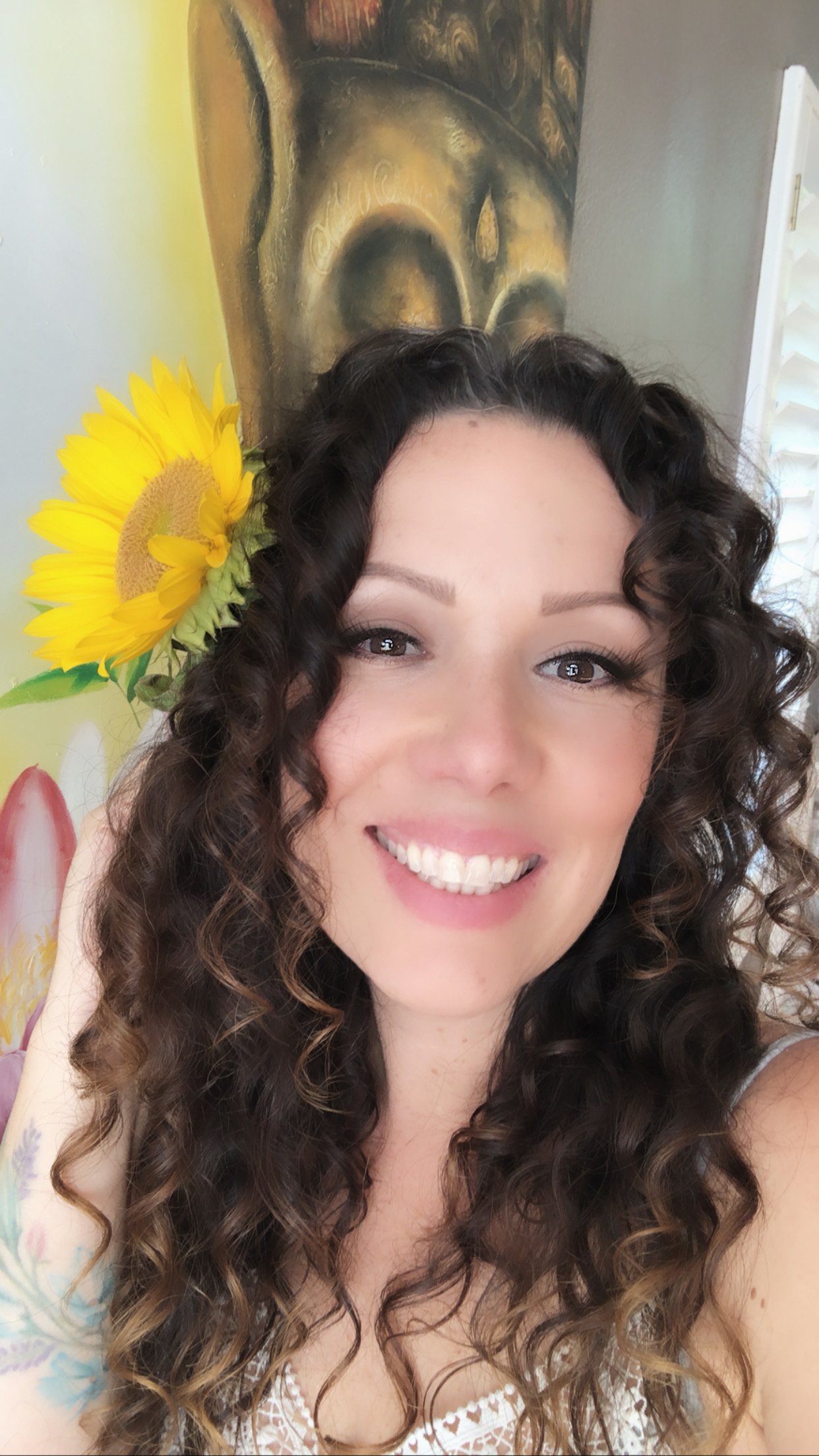Parents want their children to become successful adults and that begins with a high-quality education. Every student deserves an education that meets their individual needs. Public schools often have overcrowded classes which prevent teachers from providing personalized academic support. Public charters, however, often have small class sizes that allow teachers to support each unique student. Even though charters don't receive more funding than their school district counterparts (in fact, they typically receive less), charters normally operate with less overhead and lower fixed costs. Which, of course, helps facilitate lower class sizes.
Teachers in a traditional setting discuss a lack of time and resources to meet the individual needs of their students. However, attention from a highly-qualified teacher is one of the most important factors in preparing students for academic success. For years, “teaching to the test” was touted as an effective way to prepare students in factory-model school systems. This ineffective model left many students behind because one size does not fit all when it comes to education. Small class sizes allow for a personal approach that take student needs into account.
Student success in a seat-based or virtual classroom depends on student engagement. Many charter schools have embraced Universal Design for Learning (UDL) as a framework designed to engage students and meet their needs. The goal of this research-backed approach is to create an equitable learning environment through personalizing instruction and learning opportunities. Teachers use multiple means of representation, engagement, and action/expression to ensure accessibility for all students. UDL strategies help teachers offer universal support for all while also identifying where more individualized support is needed.
Traditionally, the curriculum is presented to students with the expectation that all students have entered the course with the same knowledge and capabilities. An online charter school has the flexibility to explore and implement methods that meet the unique learning needs of students, such as a competency and mastery-based learning approach. This approach focuses on teachers giving timely feedback. It also allows the students who need more practice to do so without penalty and the students who need less practice to advance ahead, all with the teacher as their guide.
The teacher with a smaller class size can identify where students are in the moment and intervene with the right supports. This is simply not possible when classrooms are overcrowded. Students often take a passive role in their learning when they are in crowded classroom. A charter school with small classes prepares students for future academics and careers by creating the learning conditions necessary for active engagement. Students in a small class are empowered and motivated to succeed because they are seen and heard throughout their learning journeys.
Students spend a lot of their time engaging in the learning process. Yet, often a teacher will lecture and that time is spent listening to information as opposed to interacting with it. Teacher-as-guide is a better use of classroom time and student-teacher interactions. For a student to master skills in a content area, practice and feedback are needed. Learning is more than mindless test prep, it is a cycle of trial, error, feedback, and success. When teachers and students partner in the learning process, the student is guided to take ownership in everything from goal setting to acting on feedback.
Gone are the factory-model days of education. Parents have choices when it comes to finding the right school for their children. While traditional schools may talk about moving to more individualized learning, the reality is that they face many barriers, the largest being class sizes. Charter schools can offer smaller class sizes and shift to a personalized learning approach. A student in need gets help and a student advancing quickly gets more of a challenge. The classroom becomes a place where students are engaged in learning and become active in their education. From academics to the workplace, personalized support helps students build resilience and empowers them to adapt to any changes they encounter.
Are you ready to take your child's education to the next level? We invite you to visit us, talk with one of our enrollment specialists, and see why a public charter school might be the best choice for your family.
